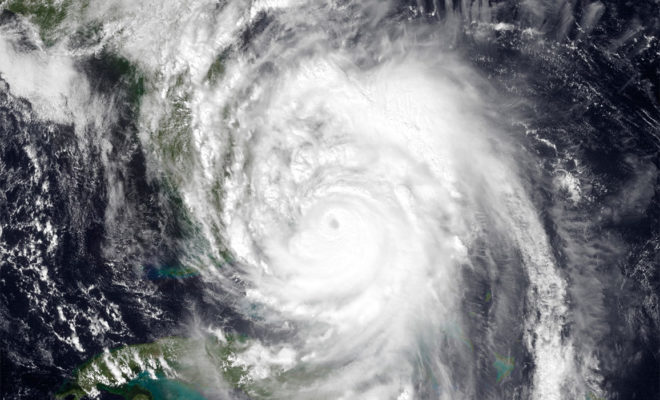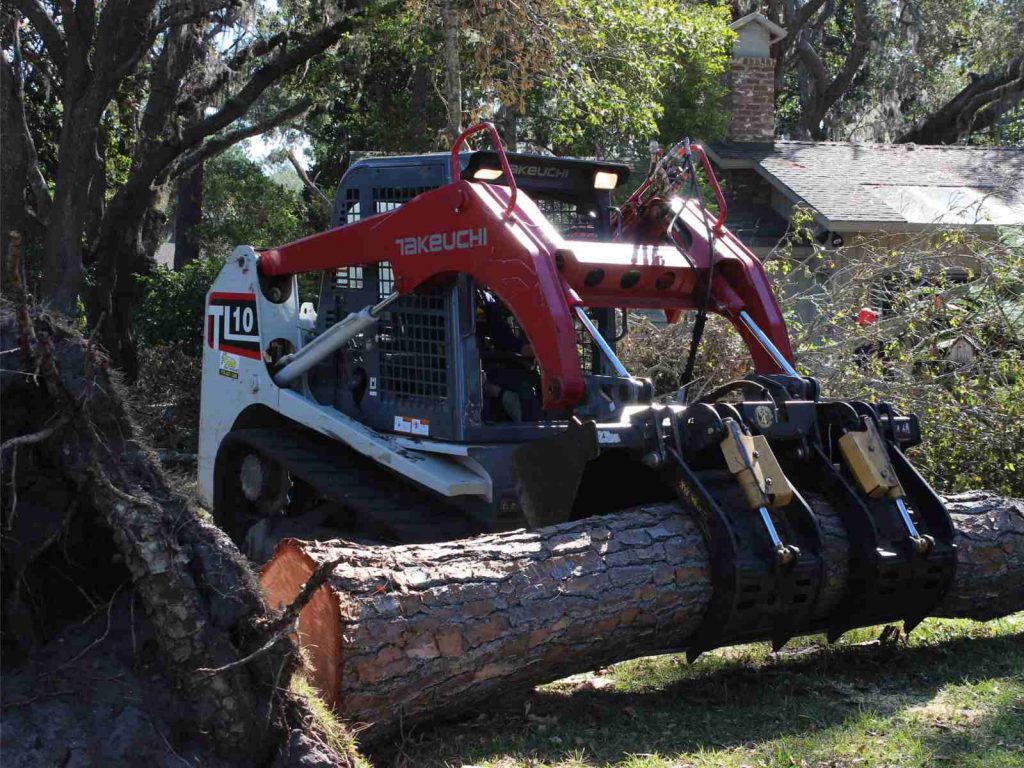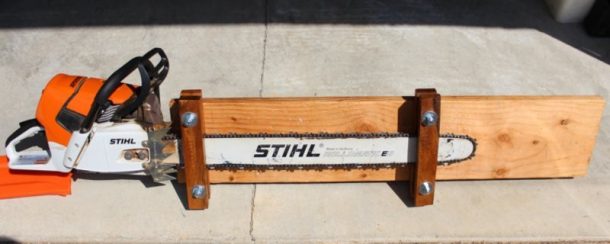
There were 2.5 Million Cubic Yards of debris removed from Hilton Head Island in the 6 months after the storm. I was asked to help a special friend dealing with not only the storm but the passing of her parents. The devastation of the hurricane was massive. The loss of her parents and the damage to their vacation house was heartbreaking. The trees on this property contributed 15-80 foot trees to the pile.


I was able to save 4 relatively straight pieces of Live Oak about 8 feet long with diameters from 18 to 42 inches. These will become a Hurricane Matthew memorial of some kind.
As I am new to South Carolina, I was unfamiliar with the tree species in the Southern United States. After chatting with one of the neighbors, I was told that there were two types of Oak on Hilton Head Island. There are Water Oaks (Quercus Nigra)and Live Oaks (Quercus Virginiana). Water Oaks are short-lived (60-80 years) and as described by the neighbor, are like huge straws. The heartwood degrades first and then the trees fall from the slightest provocation. The Live Oaks are an entirely different story. These are long-lived and difficult to work as this White Oak is some of the hardest and hardiest of the species. In colonial times Live Oak was often used in shipbuilding as the wood is strong and protects the hulls of wooden ships well from the onslaught of cannon fire. Old Ironsides (USS Constitution) was built of Live Oak.
One of the surviving Live Oak trees on this property is certified to be over 400 years old. If even one branch of this tree were to fall, the house would be destroyed. It has been cabled to prevent the limbs from falling and a lightning rod has been installed to protect it from damage from above.
On the page dedicated to the Live Oak Sawmill Project I will discuss milling the salvaged trunks into boards for future projects . As we see what these trees produce, we will try to find suitable means to preserve the legacy of the 100-year storm.

